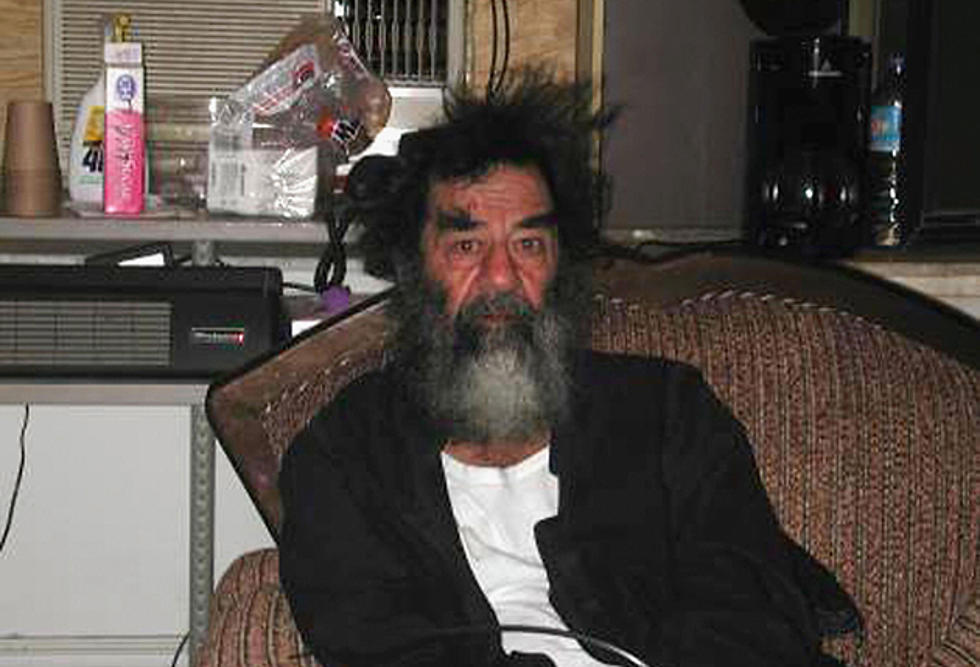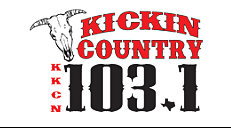
Whiskey Business: Does Bourbon Really Get Better With Age?
If the majority of top-shelf whiskeys require a 10-20 year aging process, then how are those distilleries just getting started in the business able to market and distribute a brand without waiting decades for their first batch to mature?
The truth is, not all whiskey needs such a lengthy aging process in order to be labeled high–quality. In fact, while some of the oldest Scottish whiskey in the world has aged in cellars for over 70 years, there are a number of premium bourbons and American ryes that come to full maturity at around five years.
New whiskey manufacturers with enough cash flow and patience will often times allow their product to mature to its fullest capacity before selling its first bottle. For example, it took six years after the start-up of Maker’s Mark in 1953 before the company sold its first run.
Those companies more eager to get a product on the shelves can purchase “sourced” whiskey to market as their own while their first batch matures. It is not uncommon for a new whiskey business to utilize pre-aged spirits from local distilleries as a means for them to establish their brand while their homemade selections are waiting to come of age. These bourbons are typically aged for 3-6 months.
In recent years, there has been an extensive debate over whether bourbon actually gets any better with age. Either way, unless you purchase a specialty stock of high end whiskey, chances are the age of the product will not appear on the label.
More From 103.1 KKCN

![Irony Strikes West Texas Fire in Funny Photo [PHOTO]](http://townsquare.media/site/470/files/2012/12/Screen-shot-2012-12-13-at-7.27.54-AM.png?w=980&q=75)





![Do You Know Your Sheep, San Angelo? [QUIZ]](http://townsquare.media/site/470/files/2012/12/sheep.jpg?w=980&q=75)


